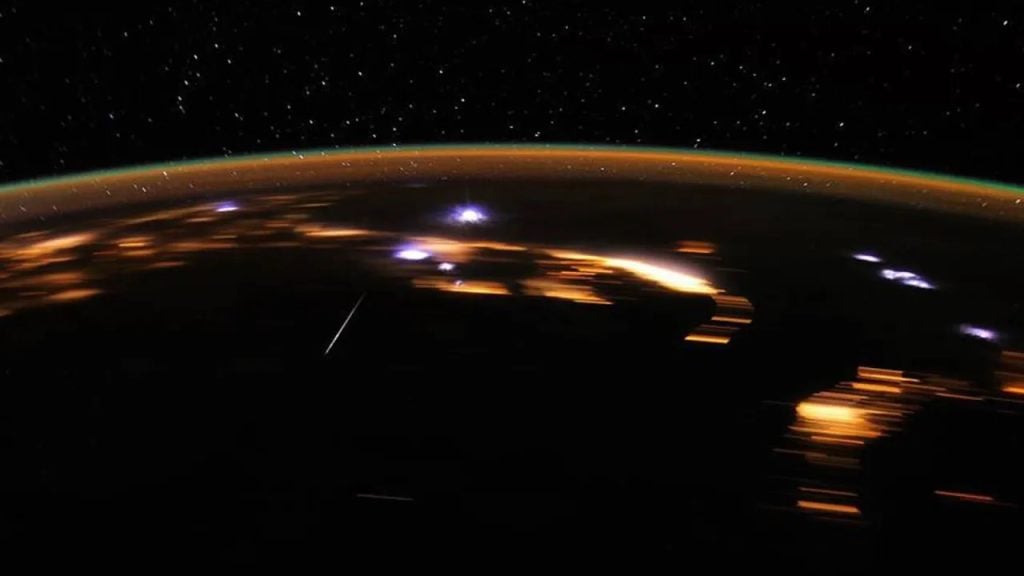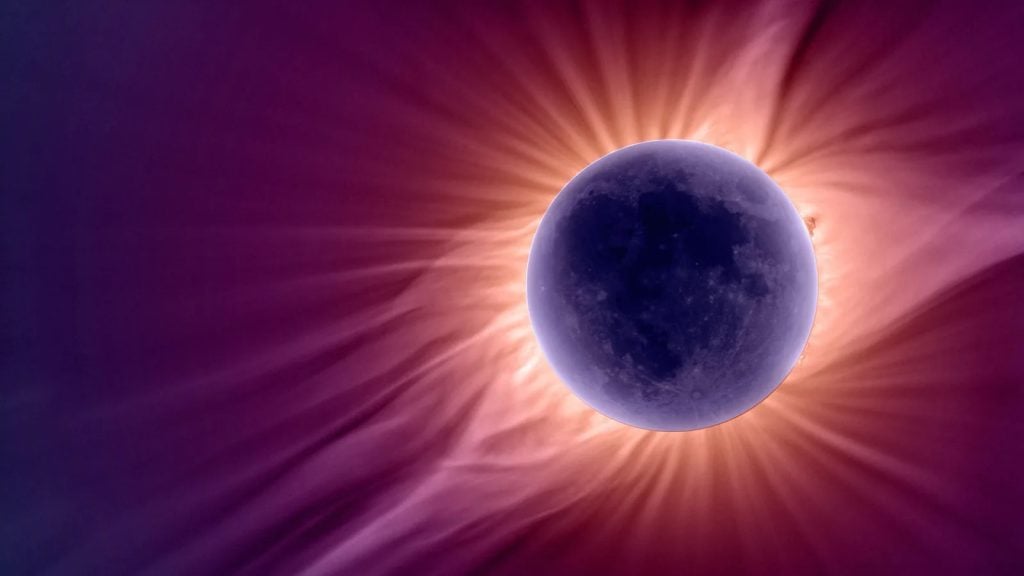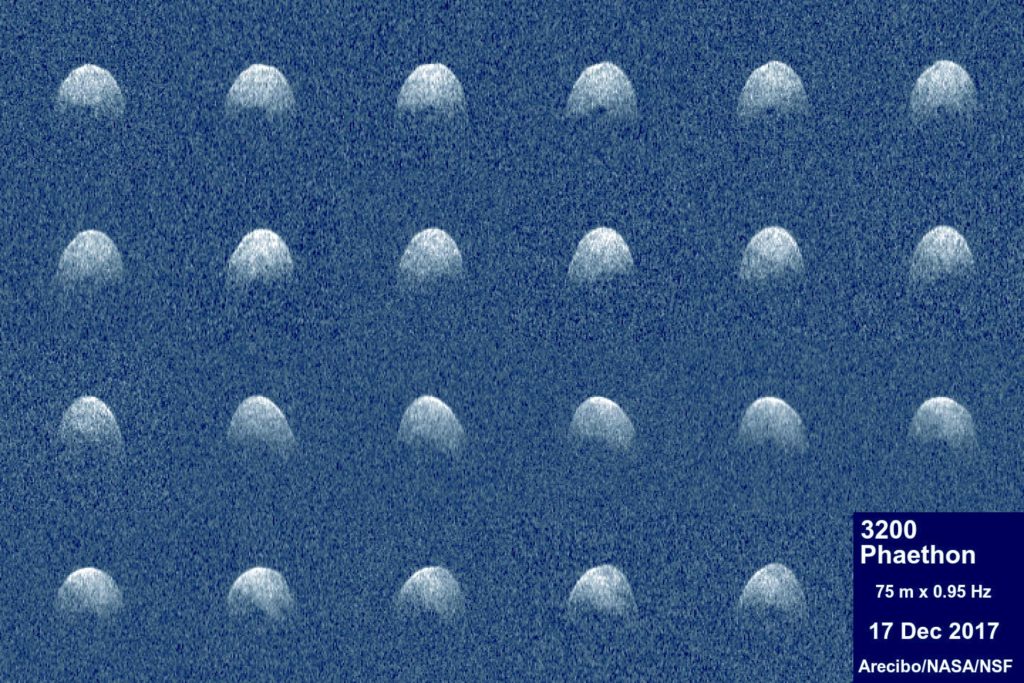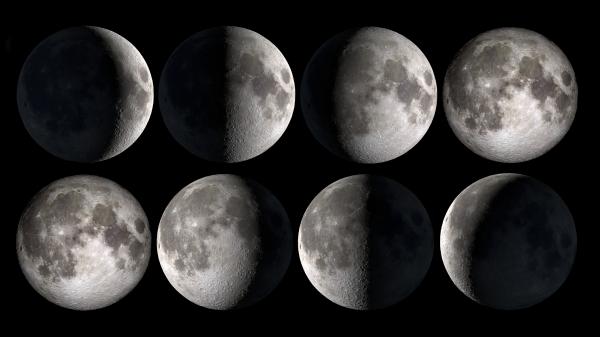Unlocking the Magic: The Lyrids Meteor Shower
Can You Catch a Falling Star? Prepare to be enchanted by the celestial ballet of the Lyrids meteor shower, a dazzling display of shooting stars that graces the night sky every April. While it may not be the most extravagant of meteor showers, the Lyrids still hold their own, delighting stargazers with an average of […]
Unlocking the Magic: The Lyrids Meteor Shower Read More »














